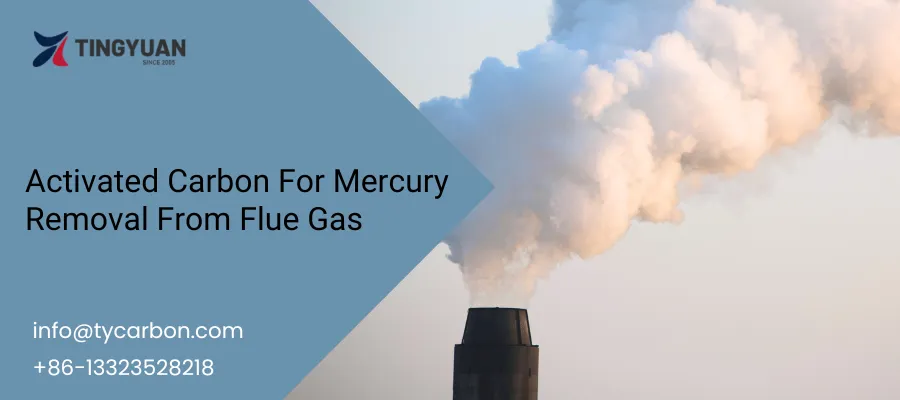Industrial processes often produce flue gases that contain significant amounts of mercury and its compounds. Directly releasing these gases into the atmosphere can severely pollute the environment and pose substantial health risks to humans.
Activated carbon, known for its high efficiency as an adsorbent material, can effectively adsorb mercury in gases.
This article will provide a detailed overview of the application of activated carbon in flue gas mercury removal and help you choose the right activated carbon products.
Sources And Hazards Of Mercury In Flue Gas
The main sources of mercury in flue gases are industrial processes such as coal combustion, waste incineration, non-ferrous metal smelting and chemical production, as well as geological activities in natural processes.
This mercury is released into the atmosphere in gaseous form and is capable of long-range transport and eventual deposition, contaminating soil and water bodies and transforming into the highly toxic methylmercury, leading to water pollution and ecological damage.
For human health, mercury poisoning damages the central nervous system, the immune system and the kidneys, leading to serious consequences such as memory loss, loss of coordination, impaired vision and hearing. Therefore, mercury removal with activated carbon is very necessary.
Application Scenarios Of Activated Carbon For Flue Gas Mercury Removal
Activated carbon plays a crucial role as a high-efficiency adsorbent in the field of flue gas mercury removal, and it is widely used in various industries such as coal-fired power plants, cement plants, and steel mills.
Coal-Fired Power Plants
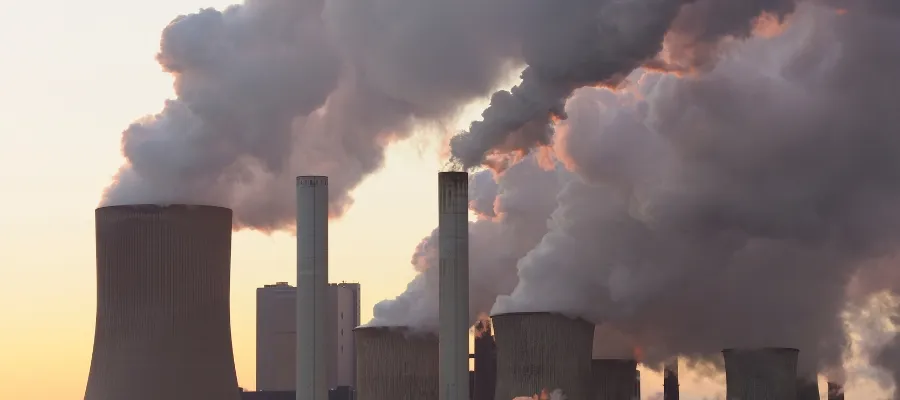
In coal-fired power plants, mercury primarily originates from the burning of coal. As a fossil fuel, coal releases various heavy metals, including mercury, during combustion.
Mercury in the flue gas from coal-fired power plants exists in three forms: elemental mercury (Hg0), oxidized mercury (Hg2+), and particulate mercury (Hgp).
Elemental mercury has high volatility and is less soluble in water, while oxidized and particulate mercury are more readily absorbed by water or adhere to particulate matter in the flue gas.
Cement Plants
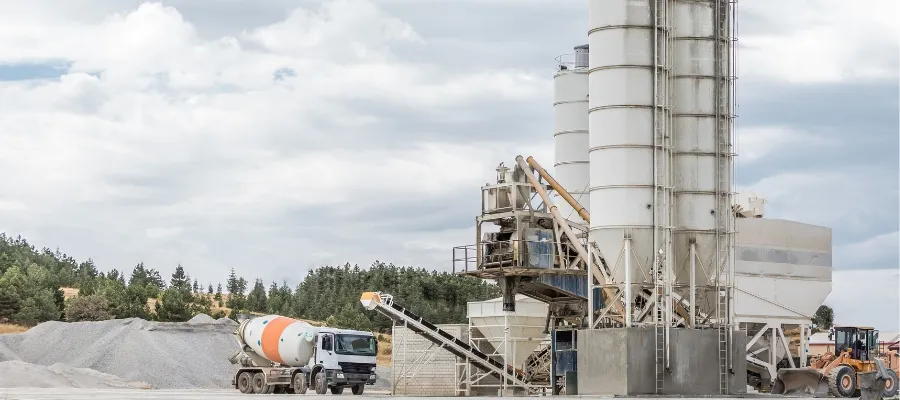
Cement plants emit a certain amount of mercury and dioxins during production, mainly because the raw materials used in cement production, such as limestone and coal, as well as industrial by-products like desulfurization gypsum, contain mercury.
Given the toxic nature of mercury and dioxins, activated carbon should be used to reduce their concentrations in the flue gas to meet strict emission requirements.
Steel Mills
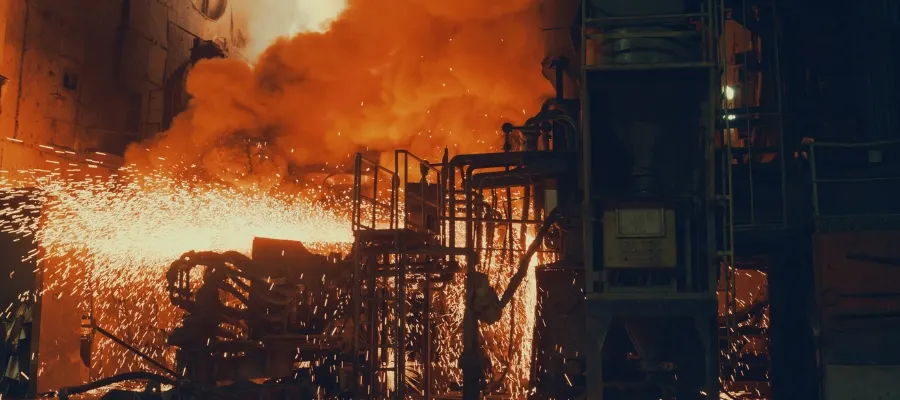
In steel mills, mercury is released during production, primarily originating from raw materials (such as ores, coal, and coke) and auxiliary materials.
During high-temperature smelting, converter steelmaking, electric arc furnace steelmaking, as well as sintering and coking processes, mercury is emitted into the atmosphere through waste gas, posing significant environmental and health hazards.
Medical Waste Incineration
Mercury present in medical waste, such as thermometers and blood pressure gauges, is released during incineration.
Waste Incineration Plants

In waste incineration processes, mercury from the waste is released into the atmosphere with the flue gas. During incineration, mercury mostly exists in its gaseous form, with a significant portion being elemental mercury.
Get a competitive quoteSelection Of Activated Carbon For Flue Gas Mercury Removal
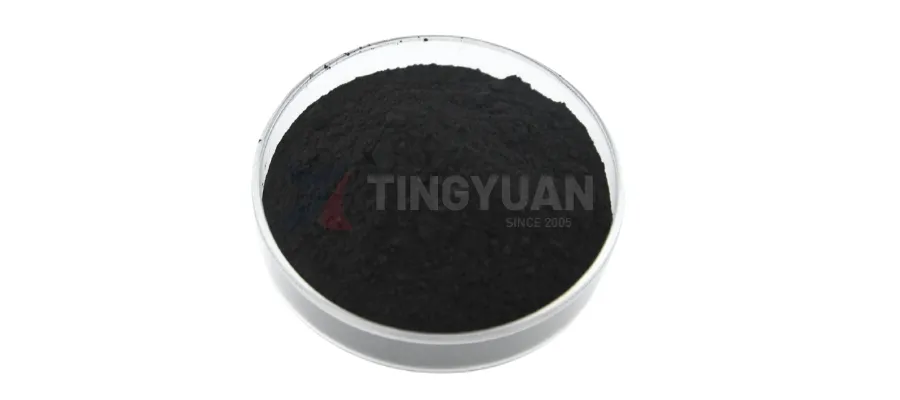
Different types of activated carbon have varying capacities for mercury adsorption. Therefore, selecting the appropriate activated carbon is crucial for enhancing mercury removal efficiency. In flue gas mercury removal, powdered activated carbon is commonly used.
Powdered activated carbon for flue gas mercury removal is a very fine carbon material made from selected coal raw materials. It has a highly developed pore structure and a large specific surface area, making it effective in capturing and adsorbing mercury and other pollutants in flue gas.
Here are the characteristics of activated carbon used for mercury removal from flue gas:
- Specifically designed for handling various flue gas components
- High oxidation mercury capacity
- High pore volume and activity
- Superior adsorption capacity for multiple pollutants
- High mercury removal rate
Relevant Products:
Coal Powdered Activated Carbon Used In Mercury Removal
Get a competitive quoteConclusion
Activated carbon is a highly efficient mercury adsorbent that plays a crucial role in flue gas mercury removal. Its excellent pore structure and surface chemistry enable it to effectively capture and remove various forms of mercury from flue gas.
As an activated carbon supplier, we have extensive technical expertise and a professional team. If you have any needs related to activated carbon for flue gas mercury removal, please feel free to contact us. We are committed to providing you with high-quality solutions.
Whatsapp: +86-13323528218
Email: info@tycarbon.com

